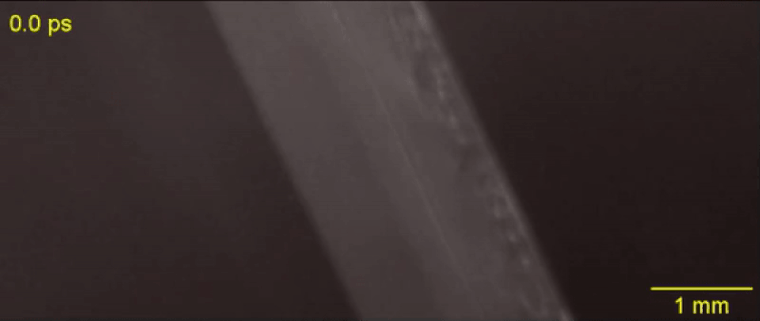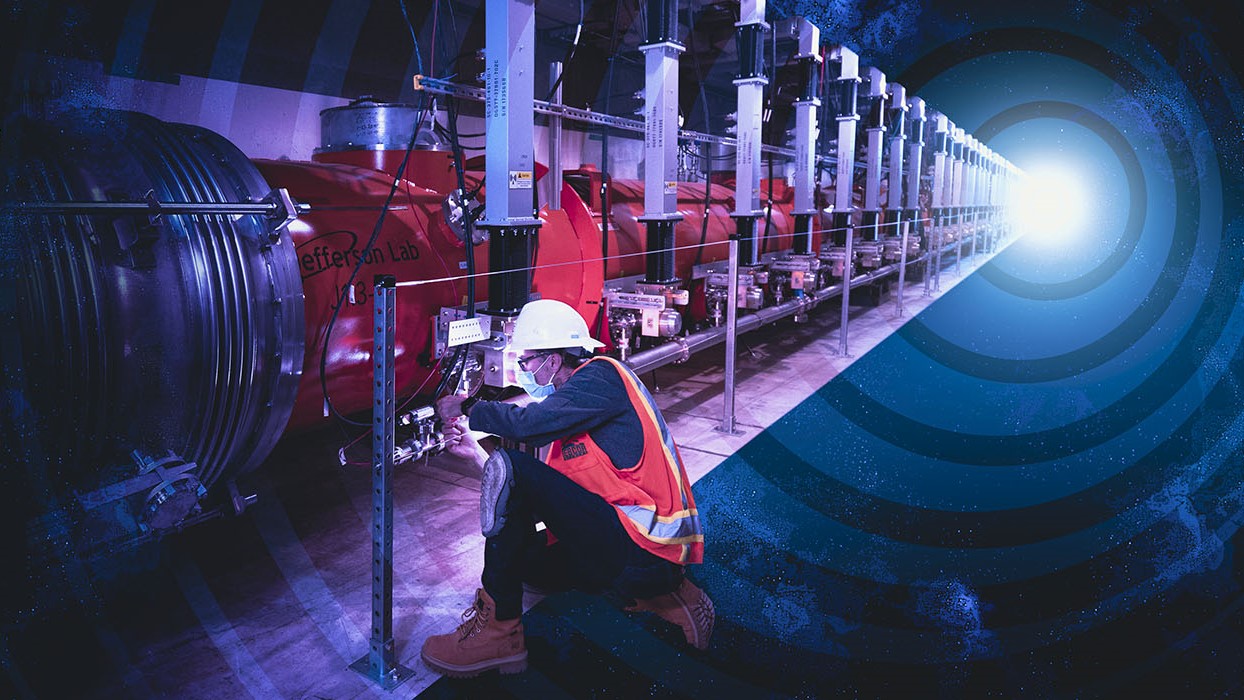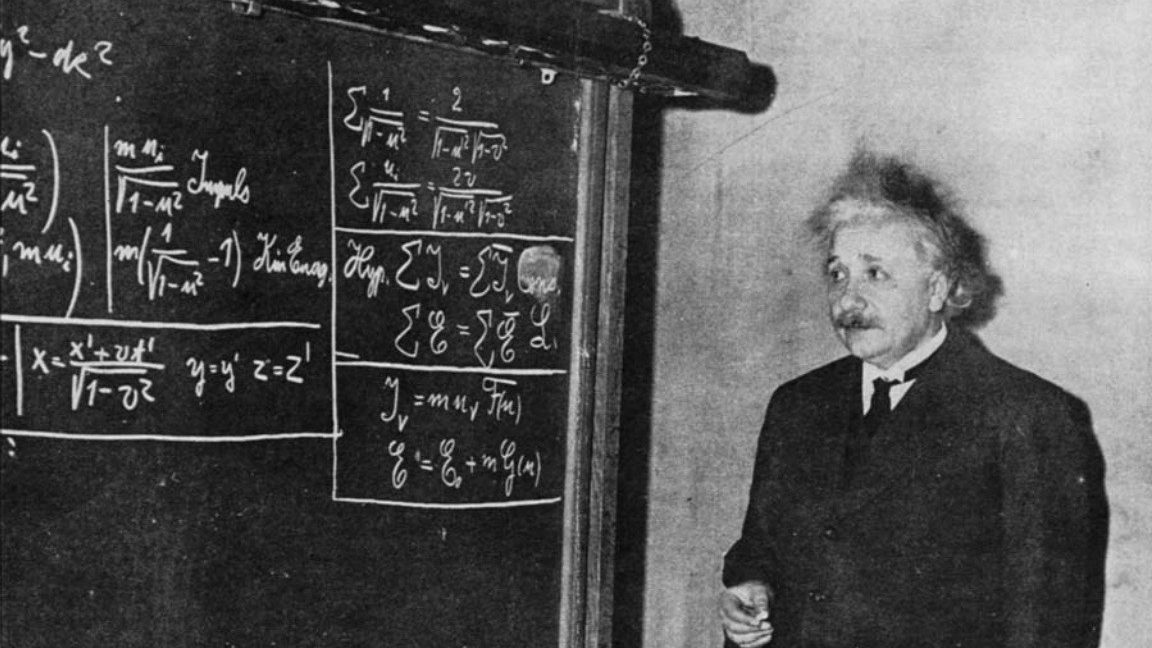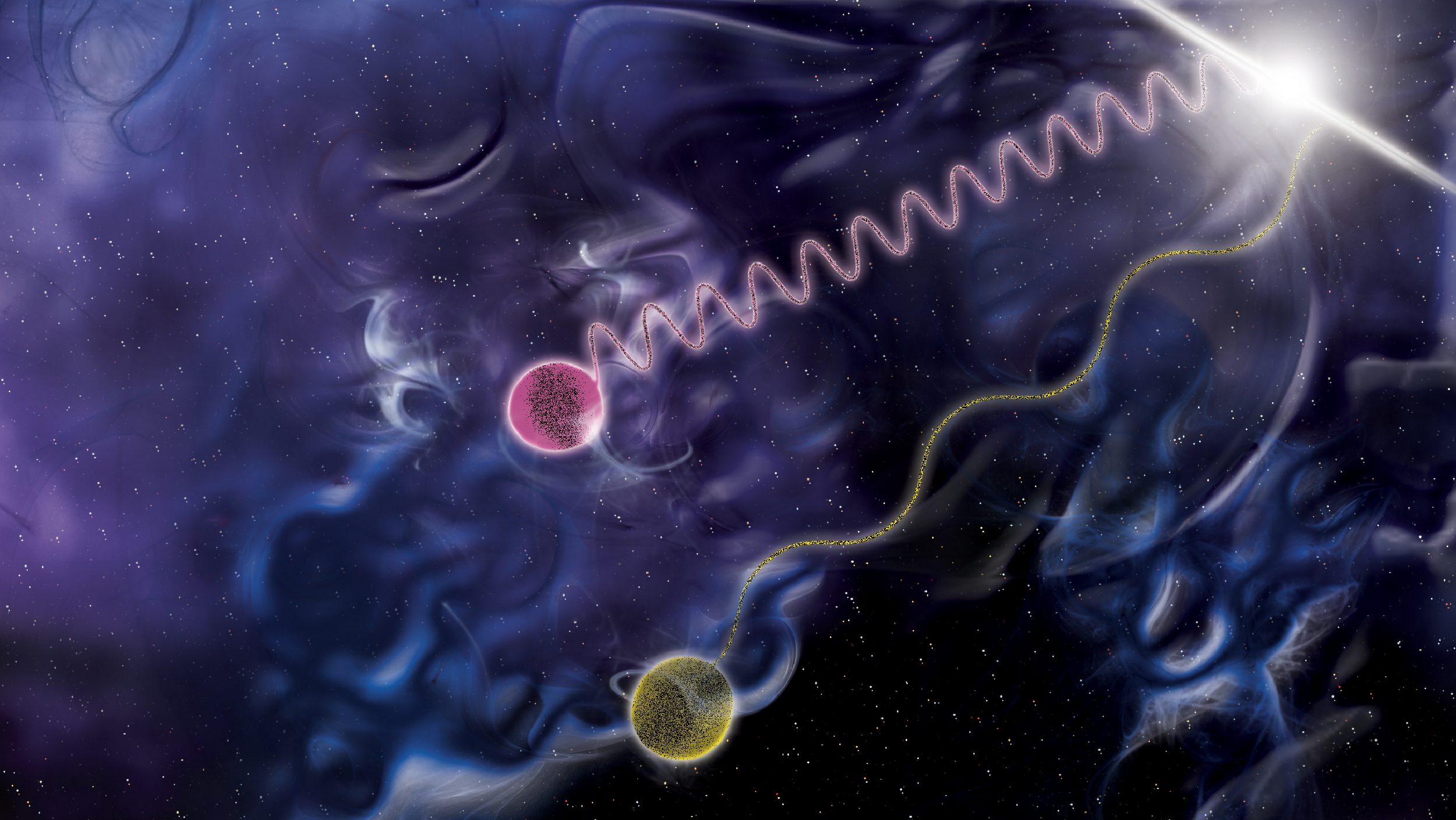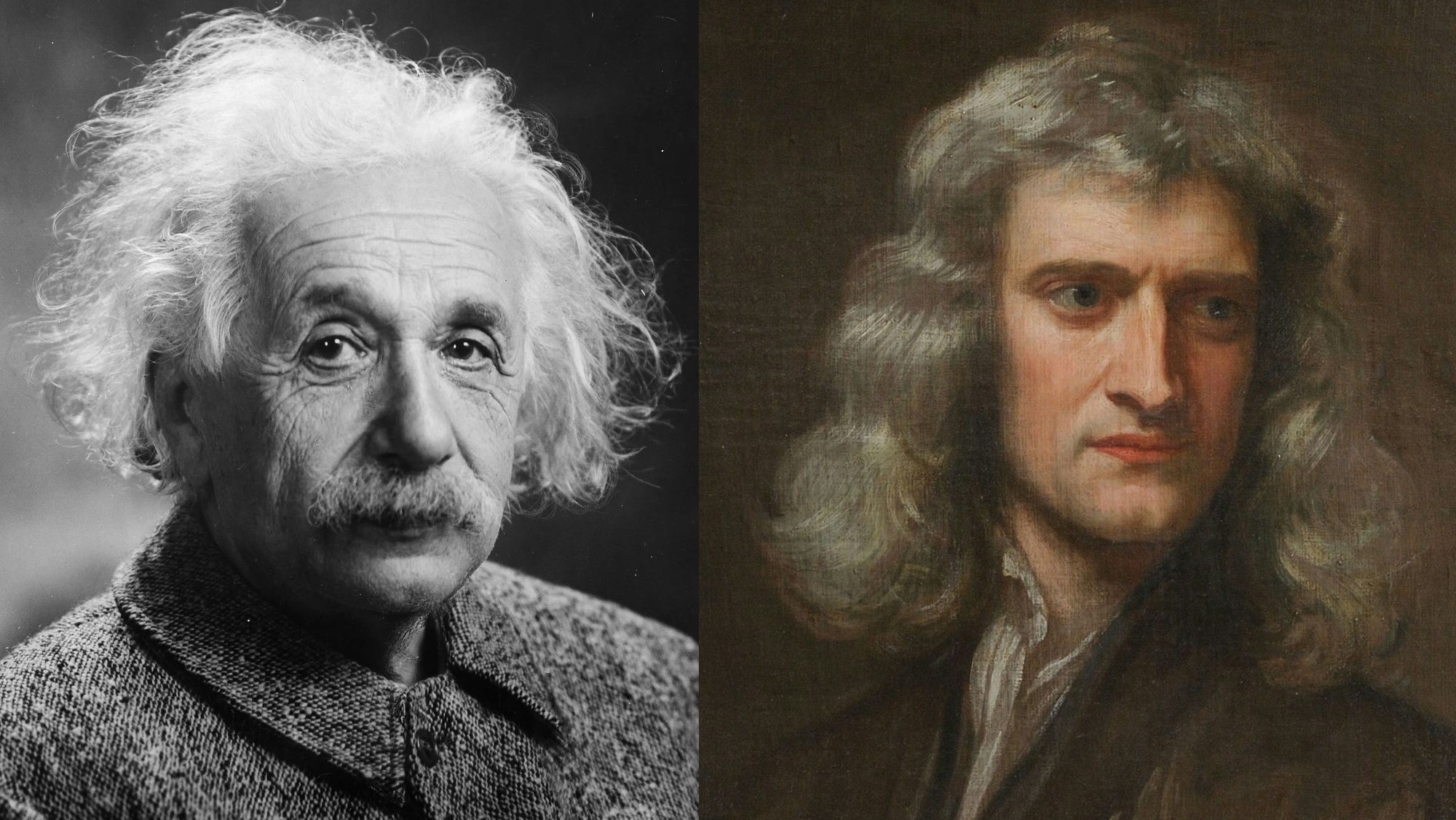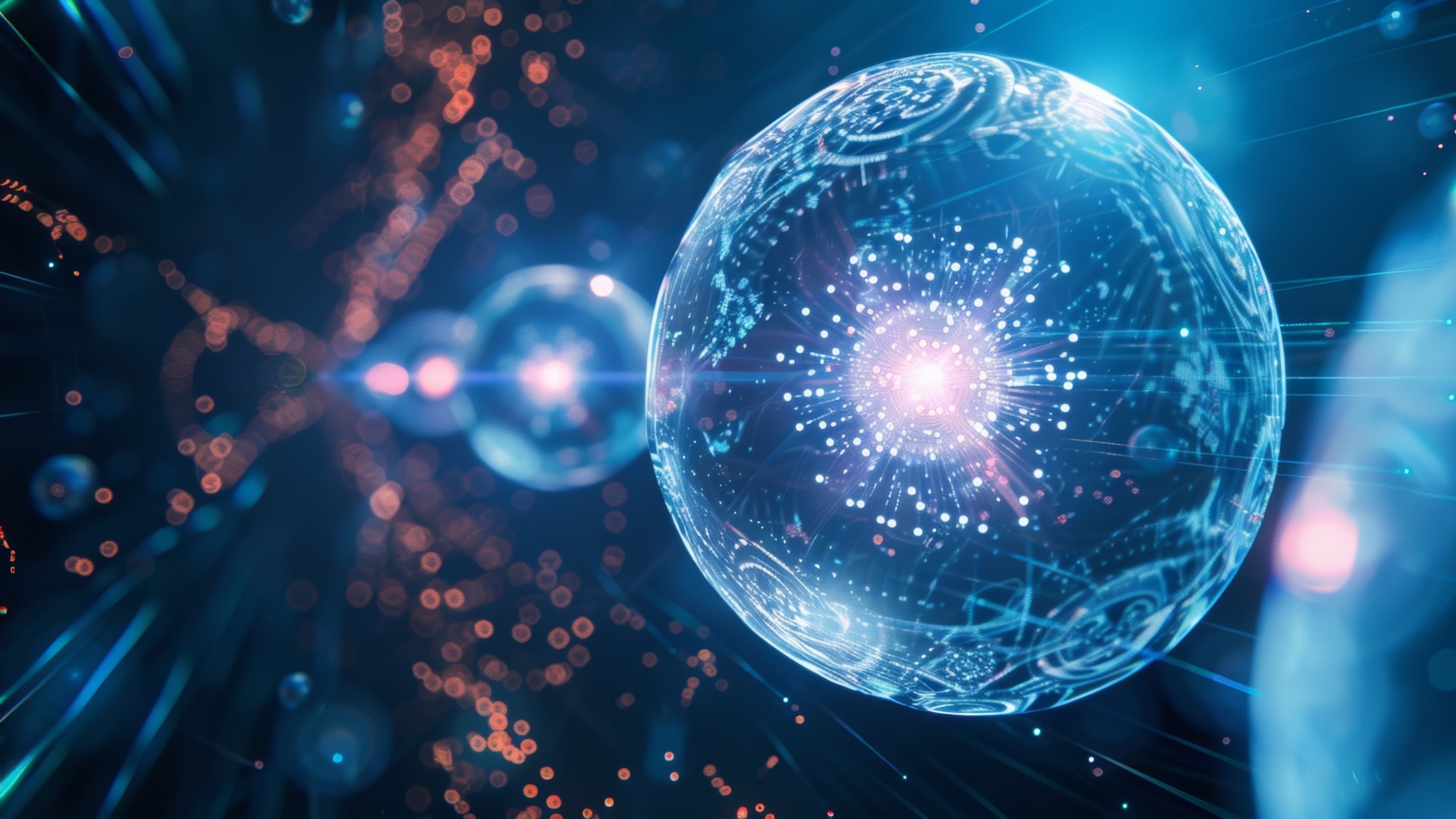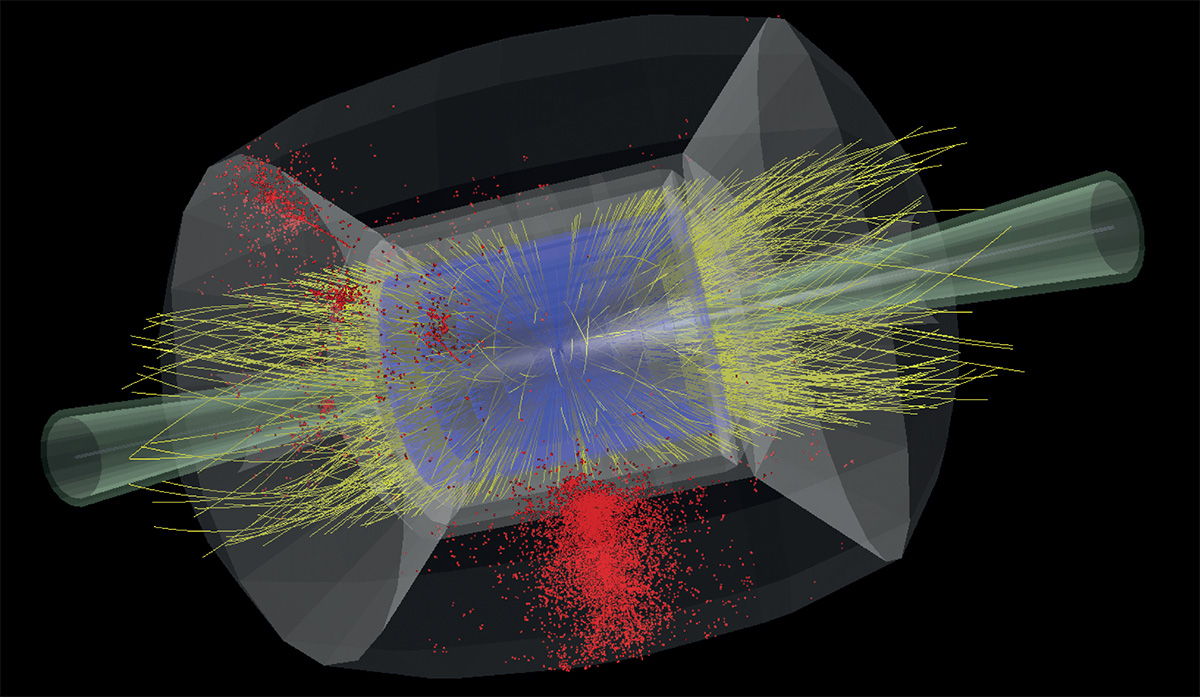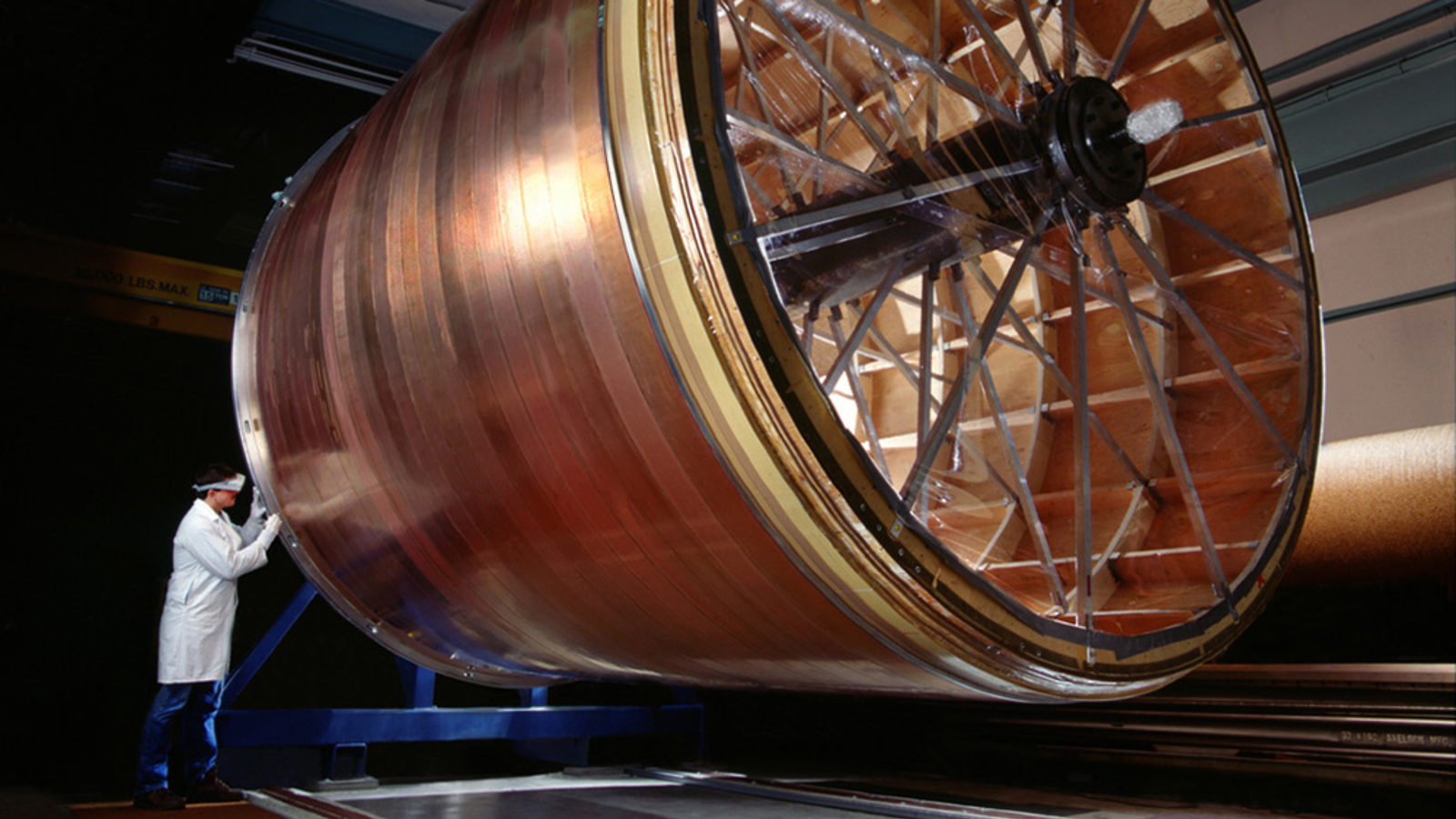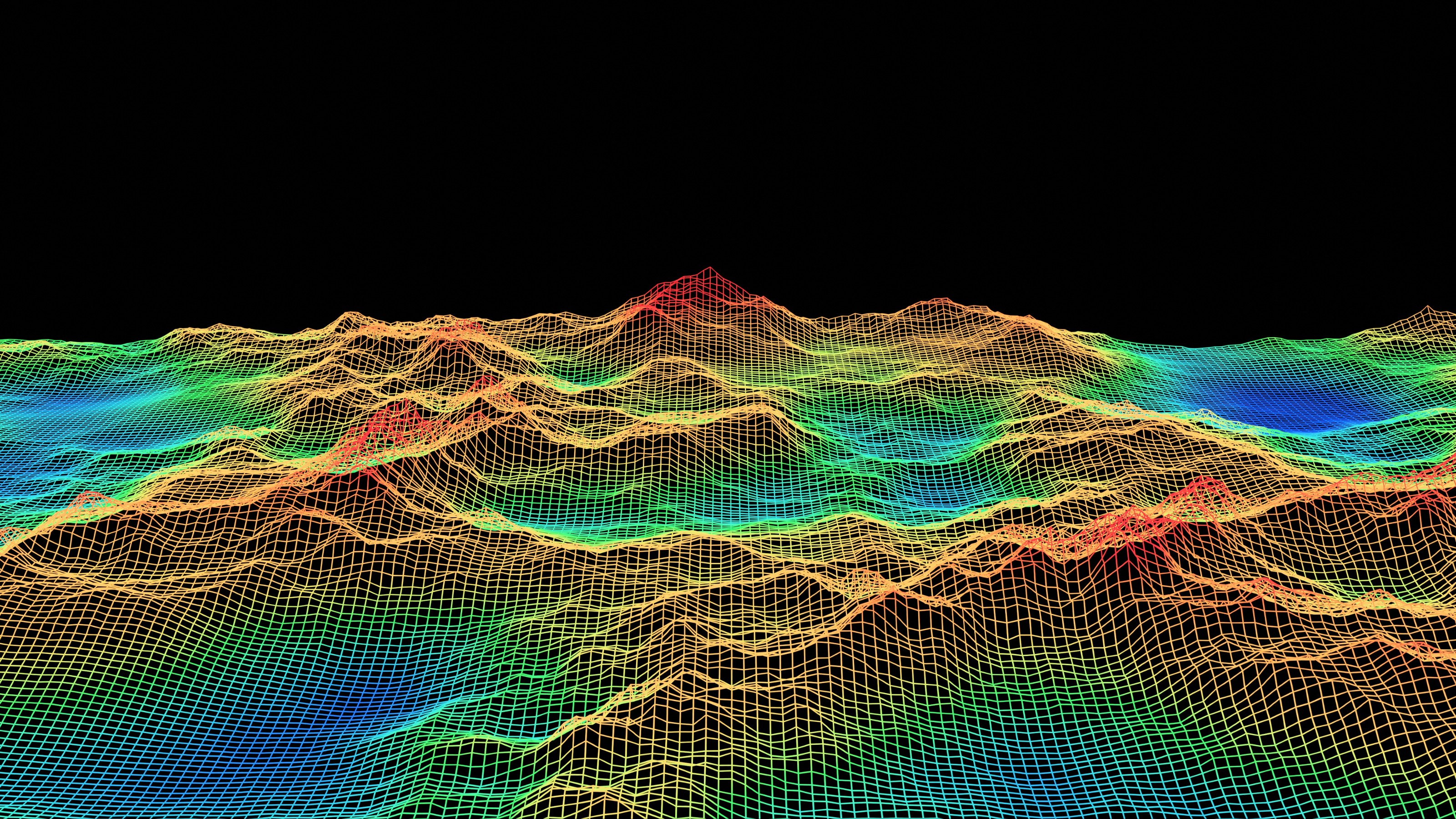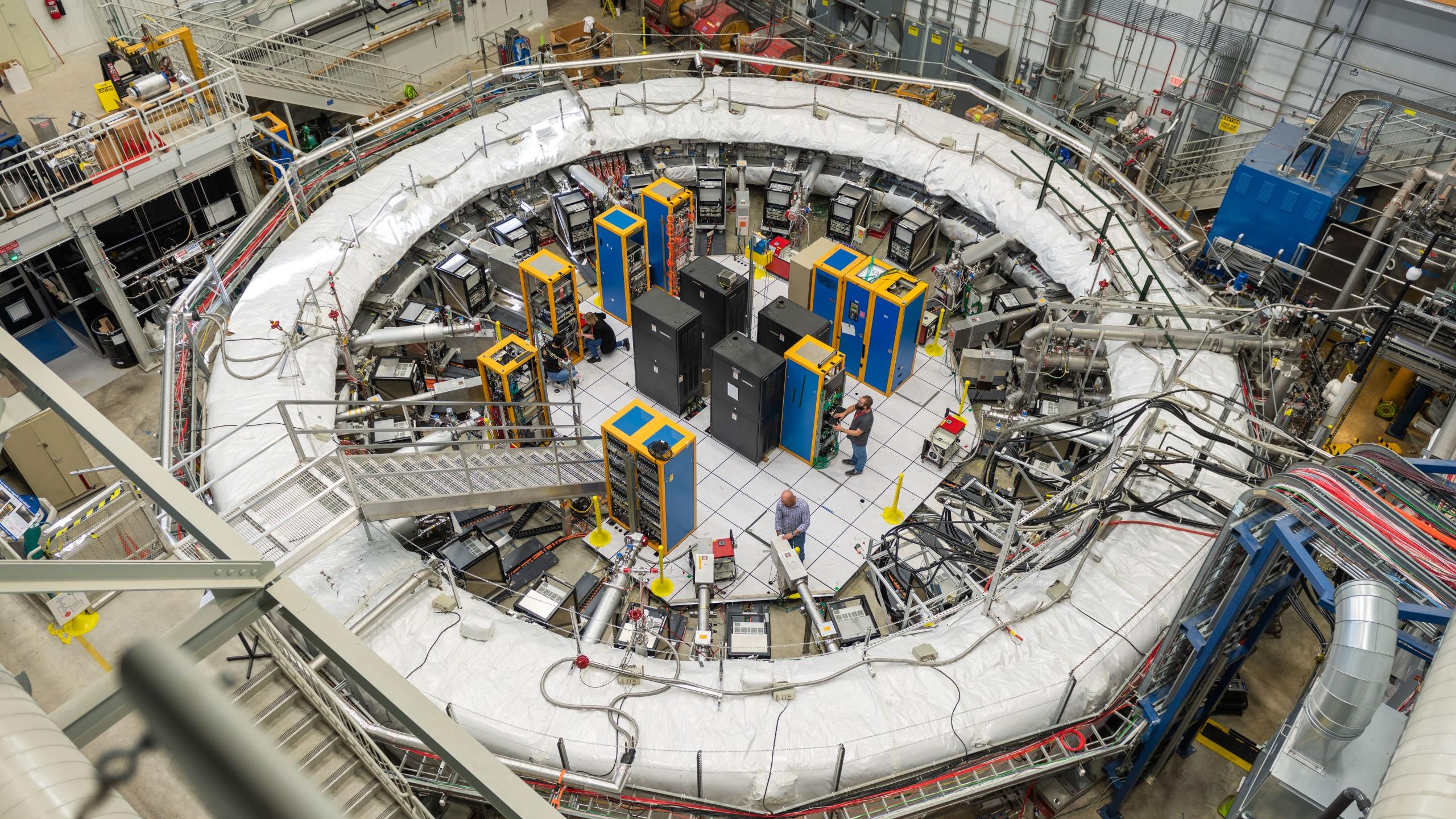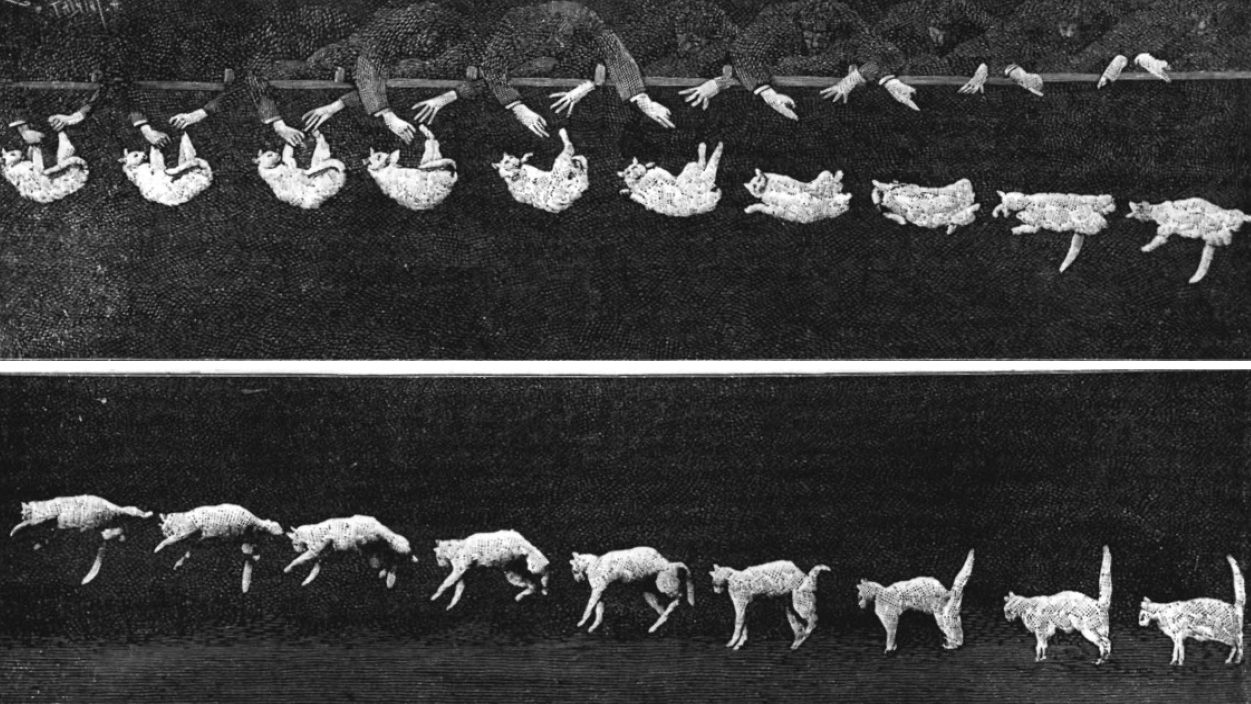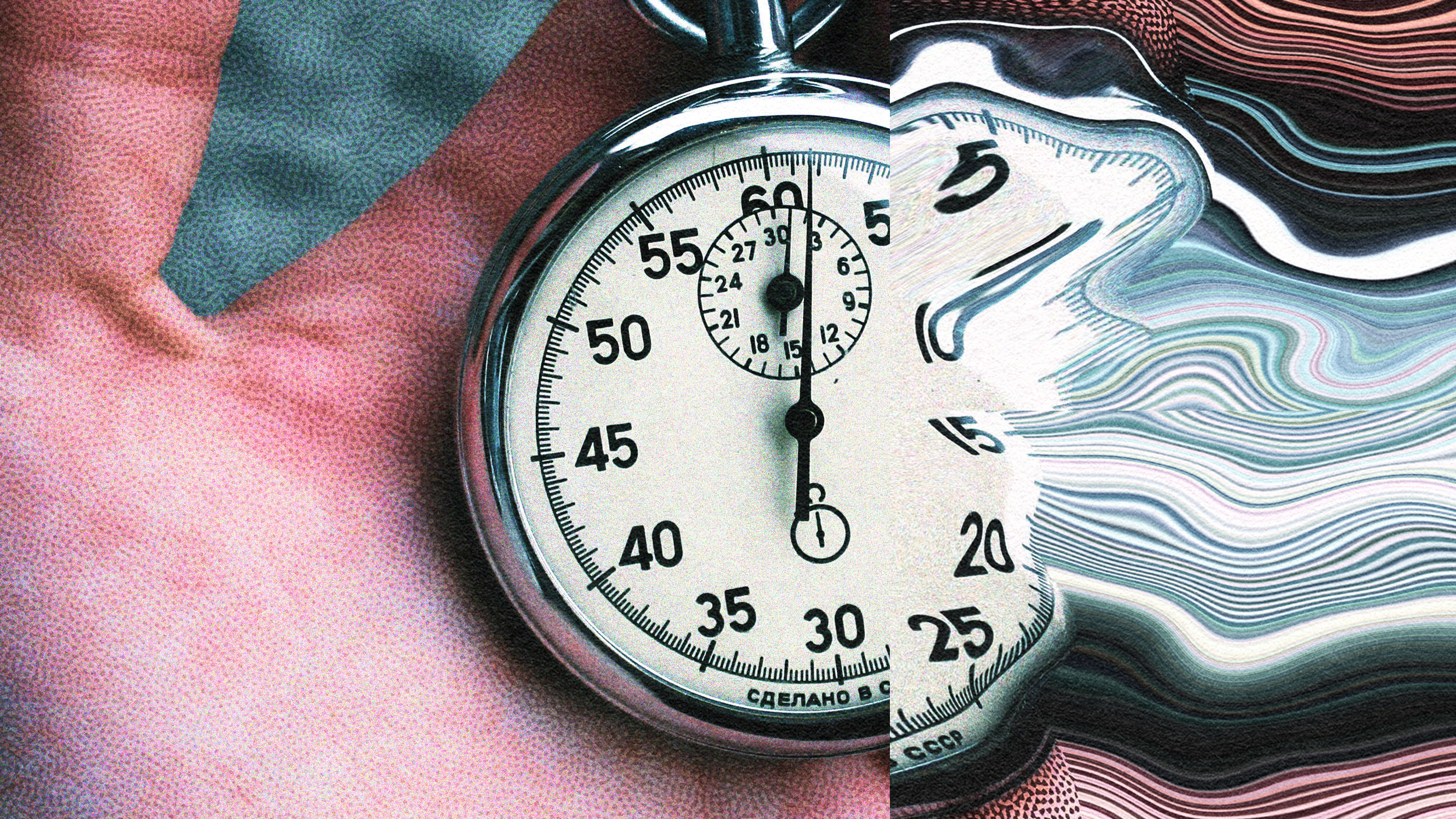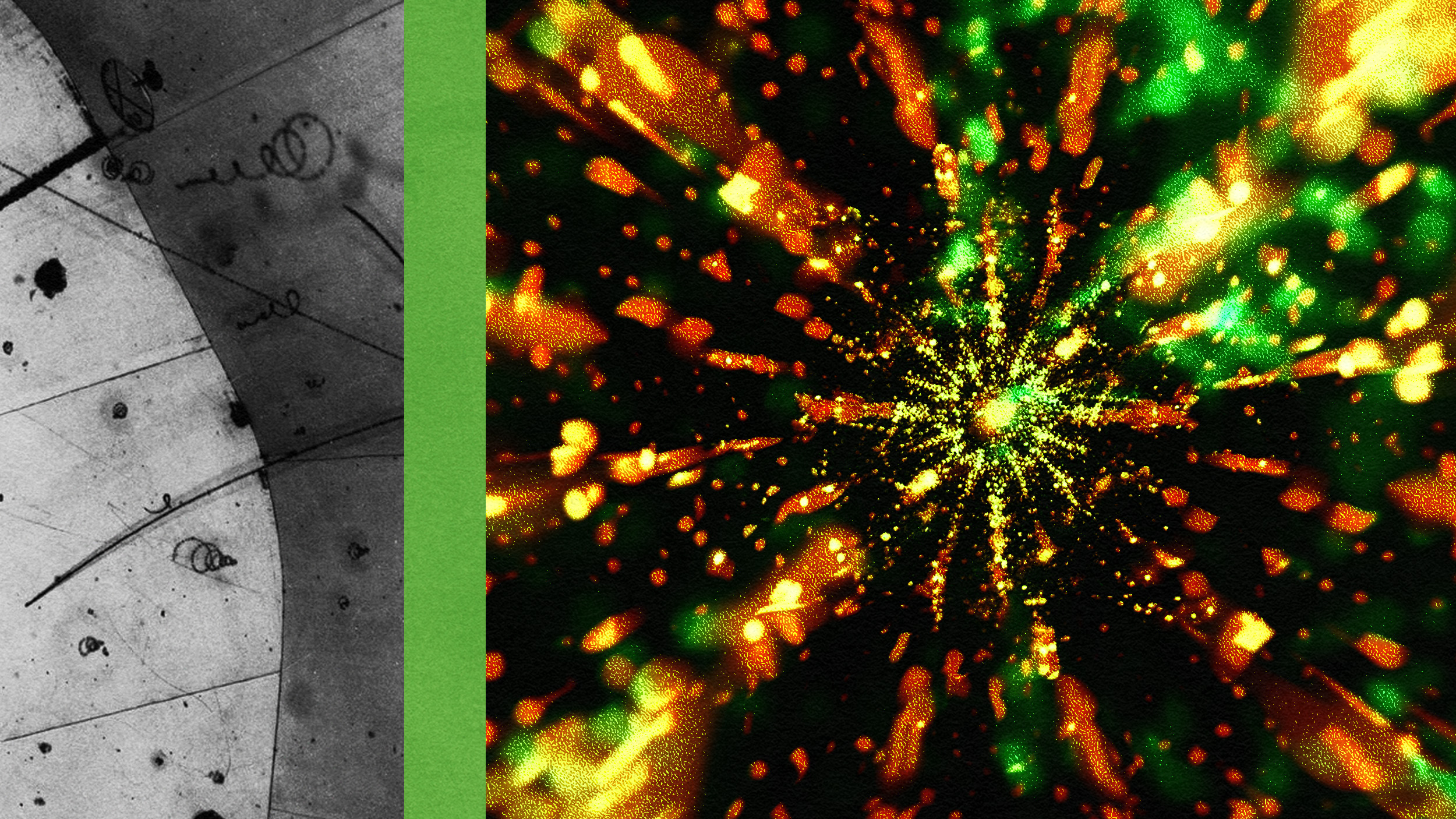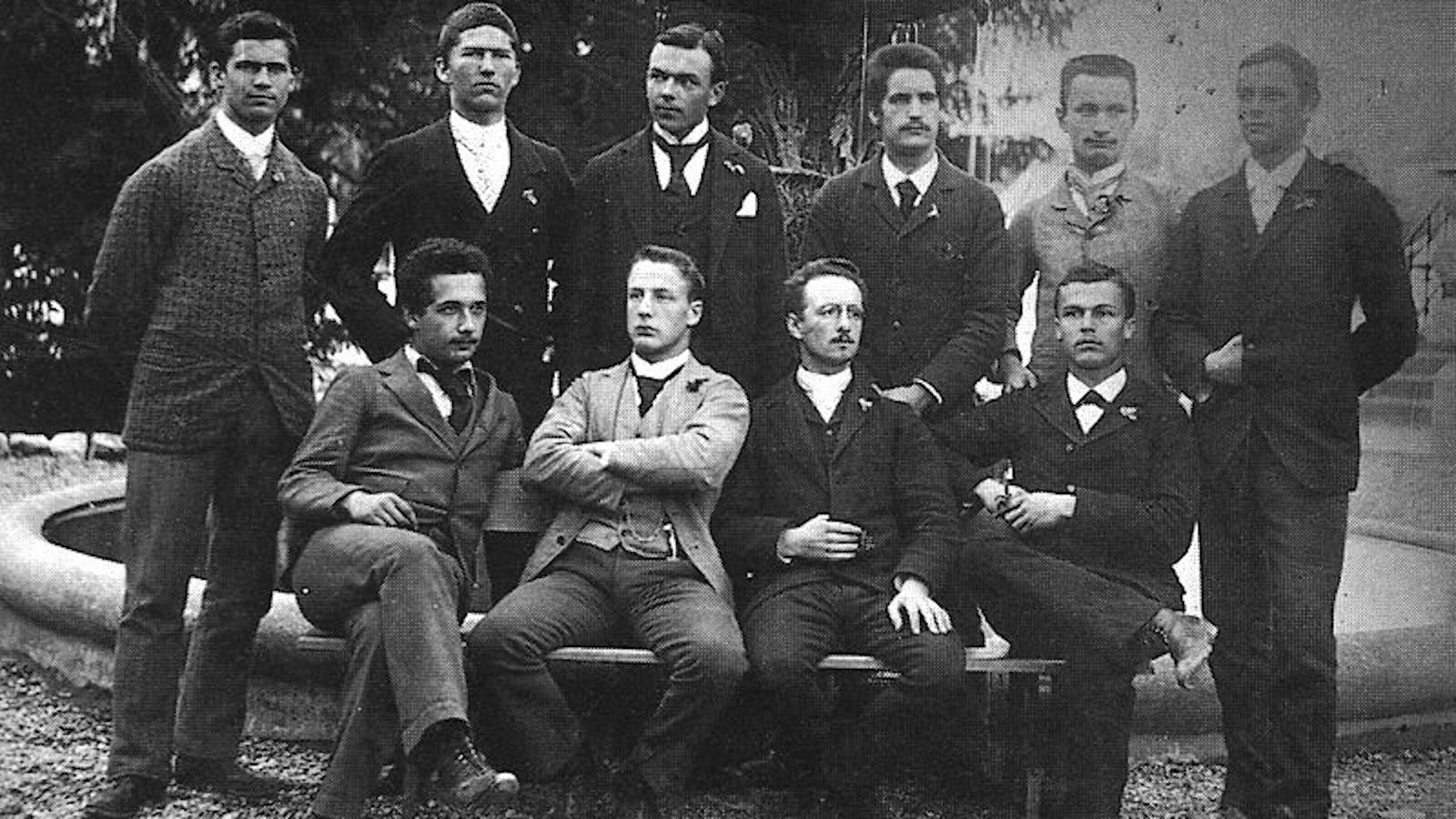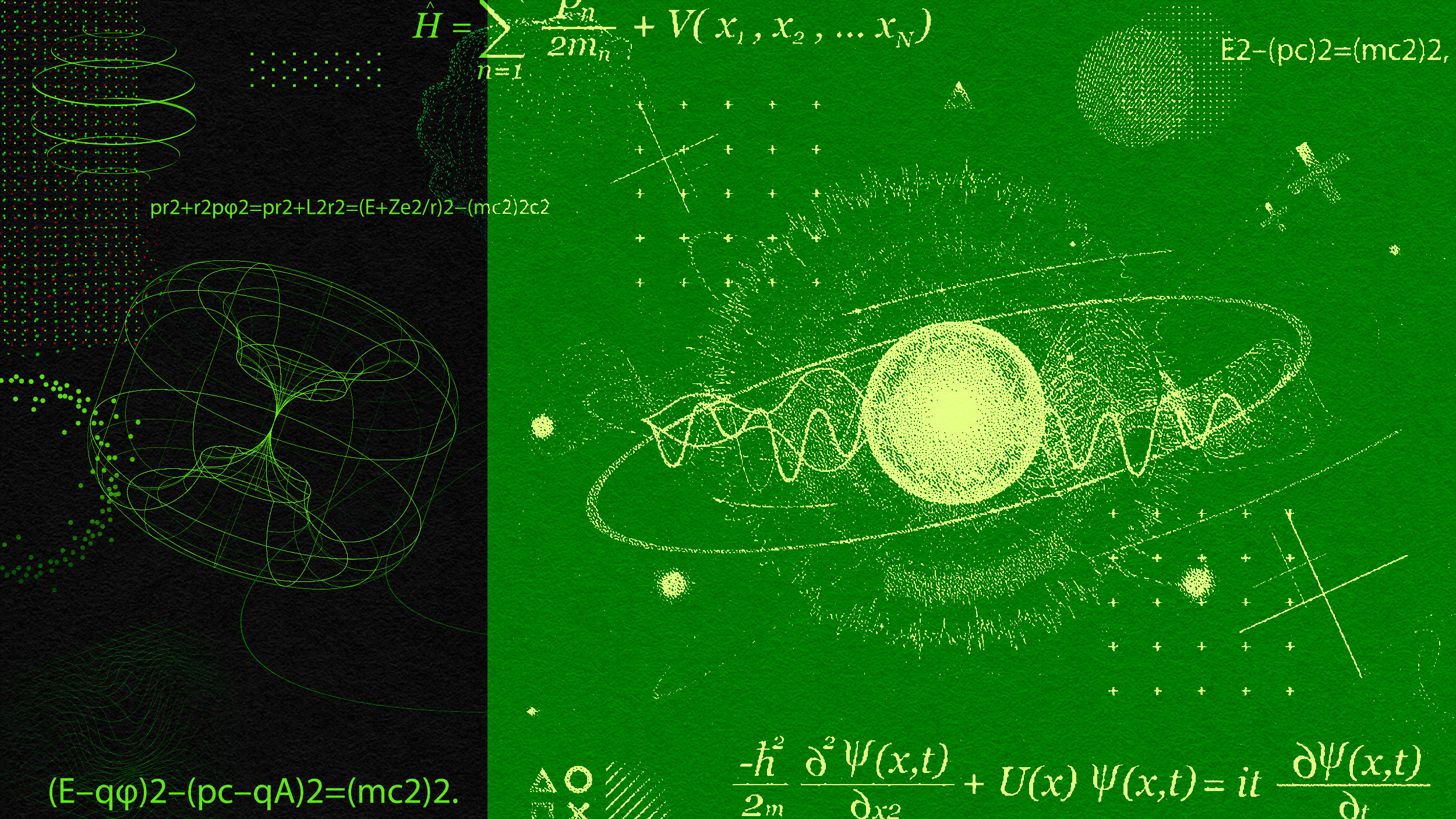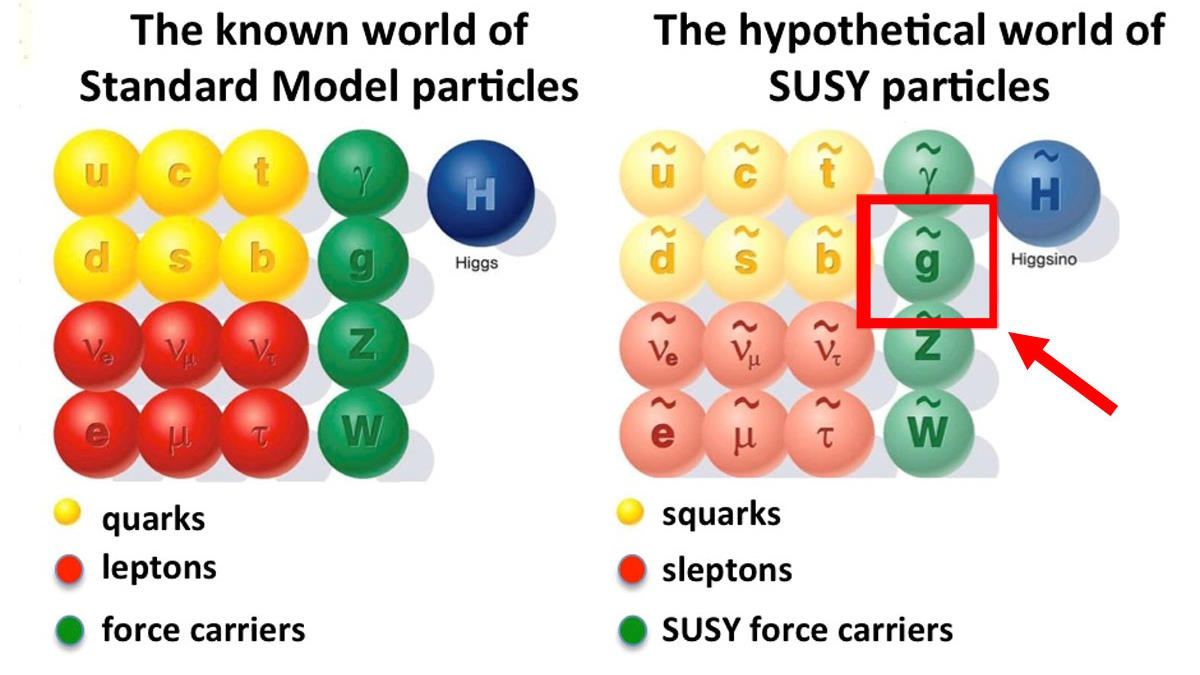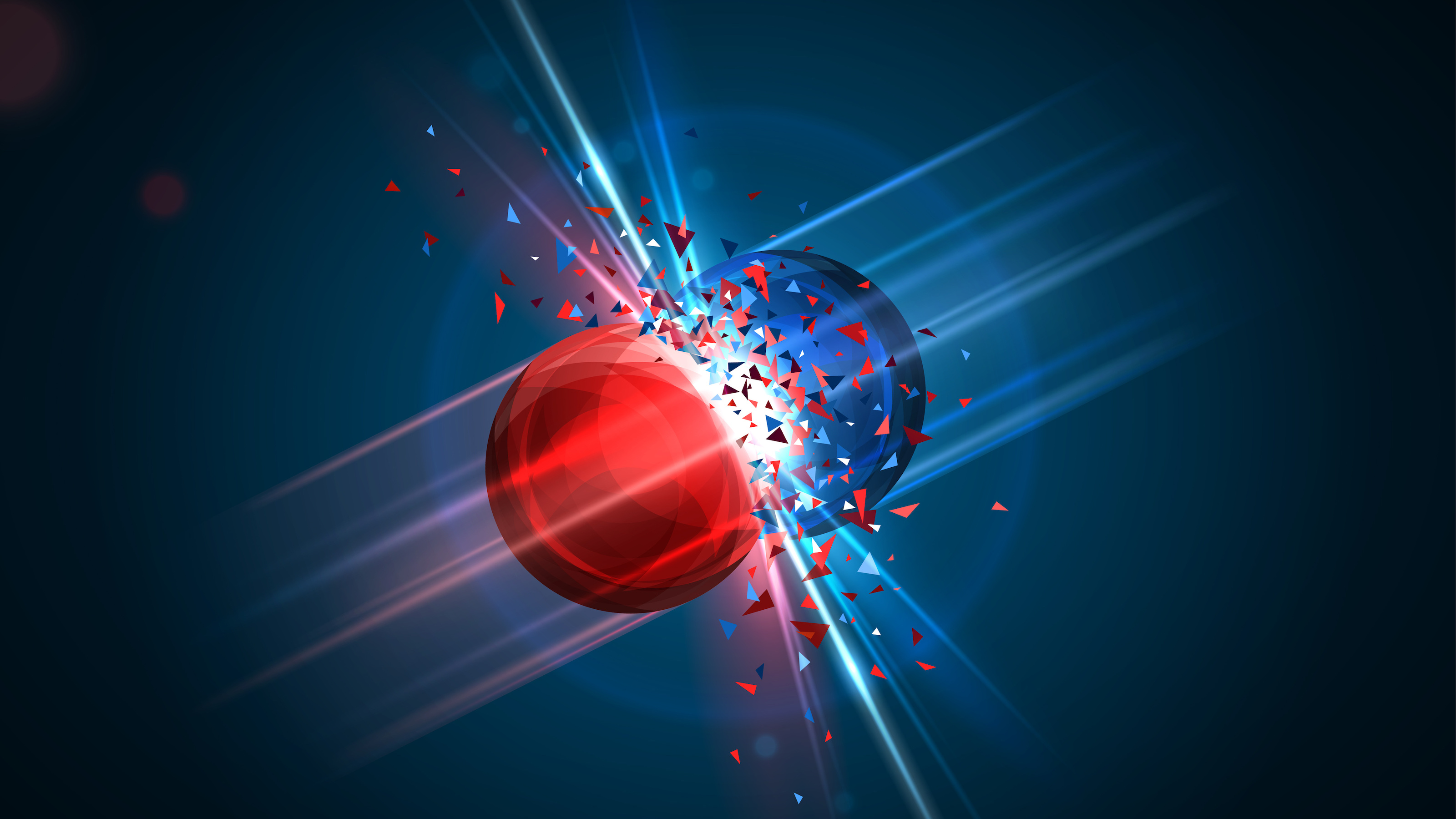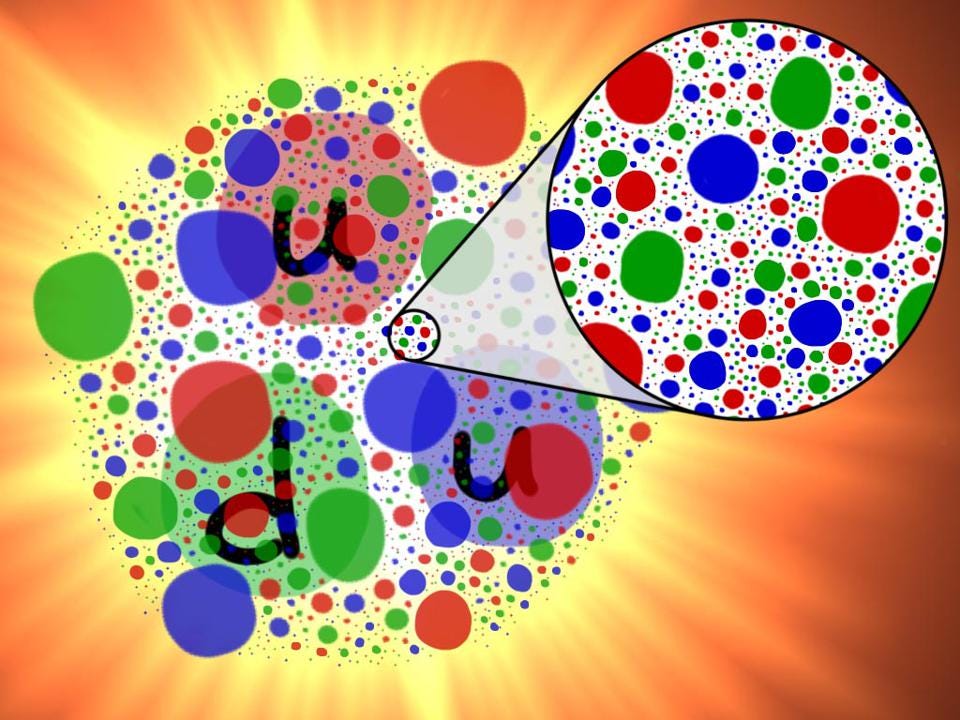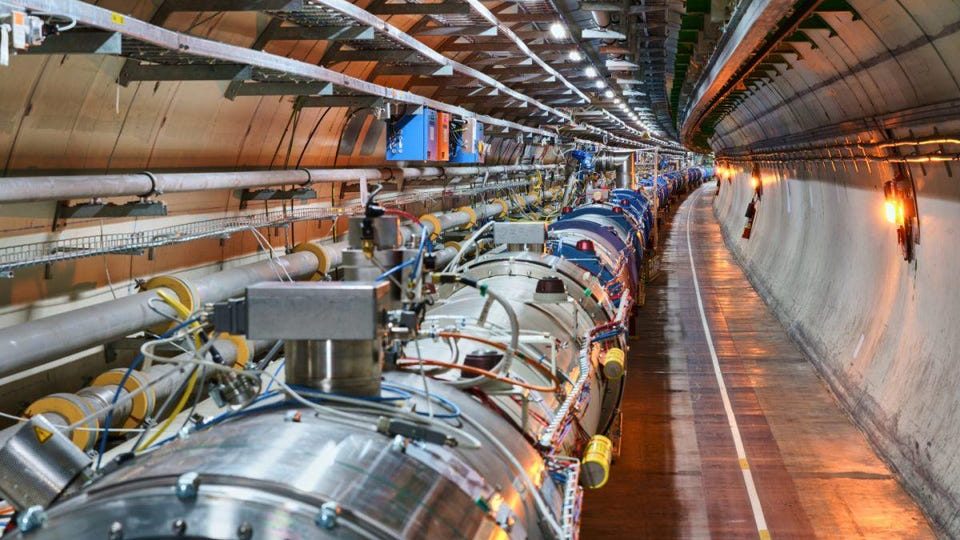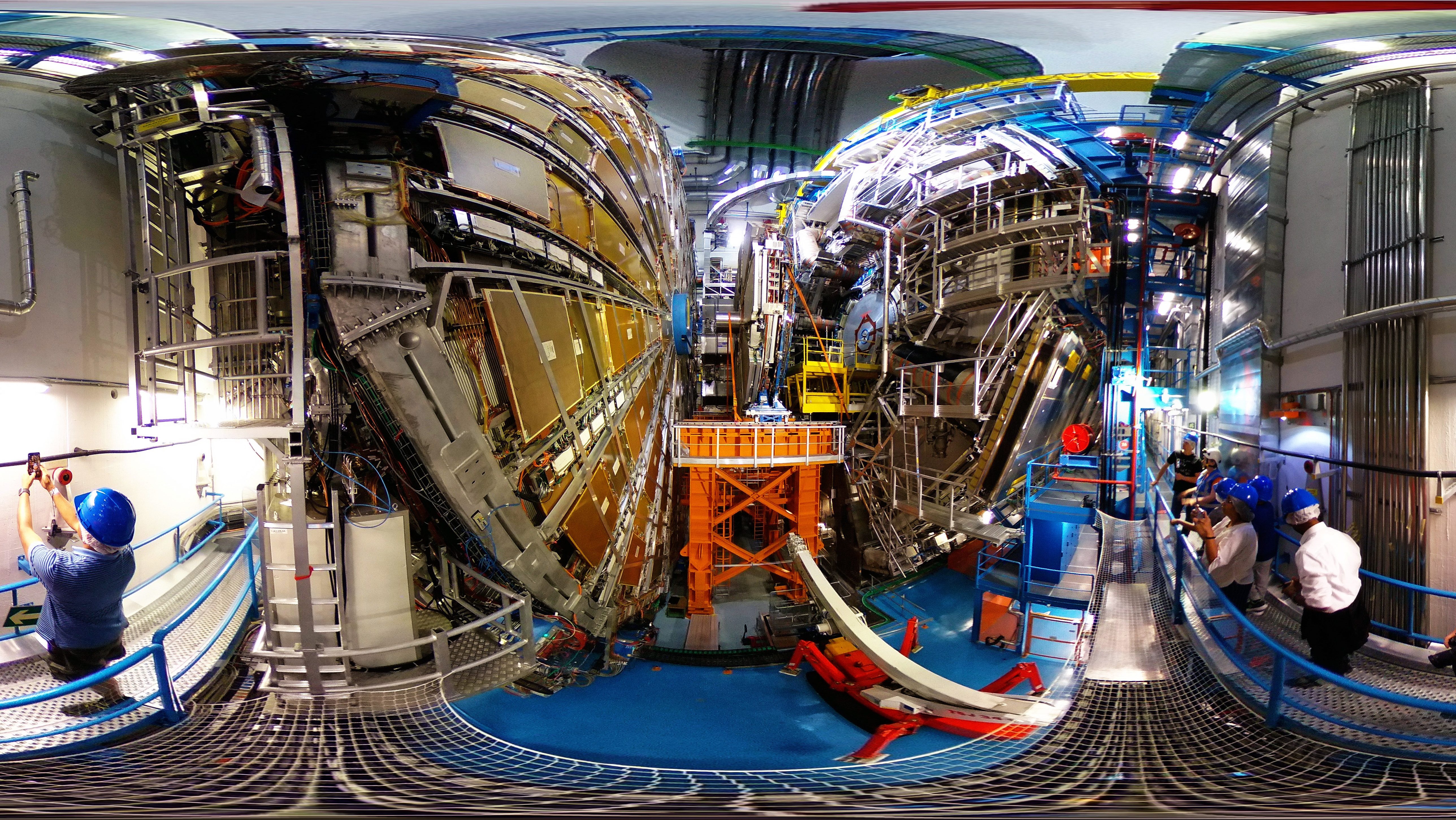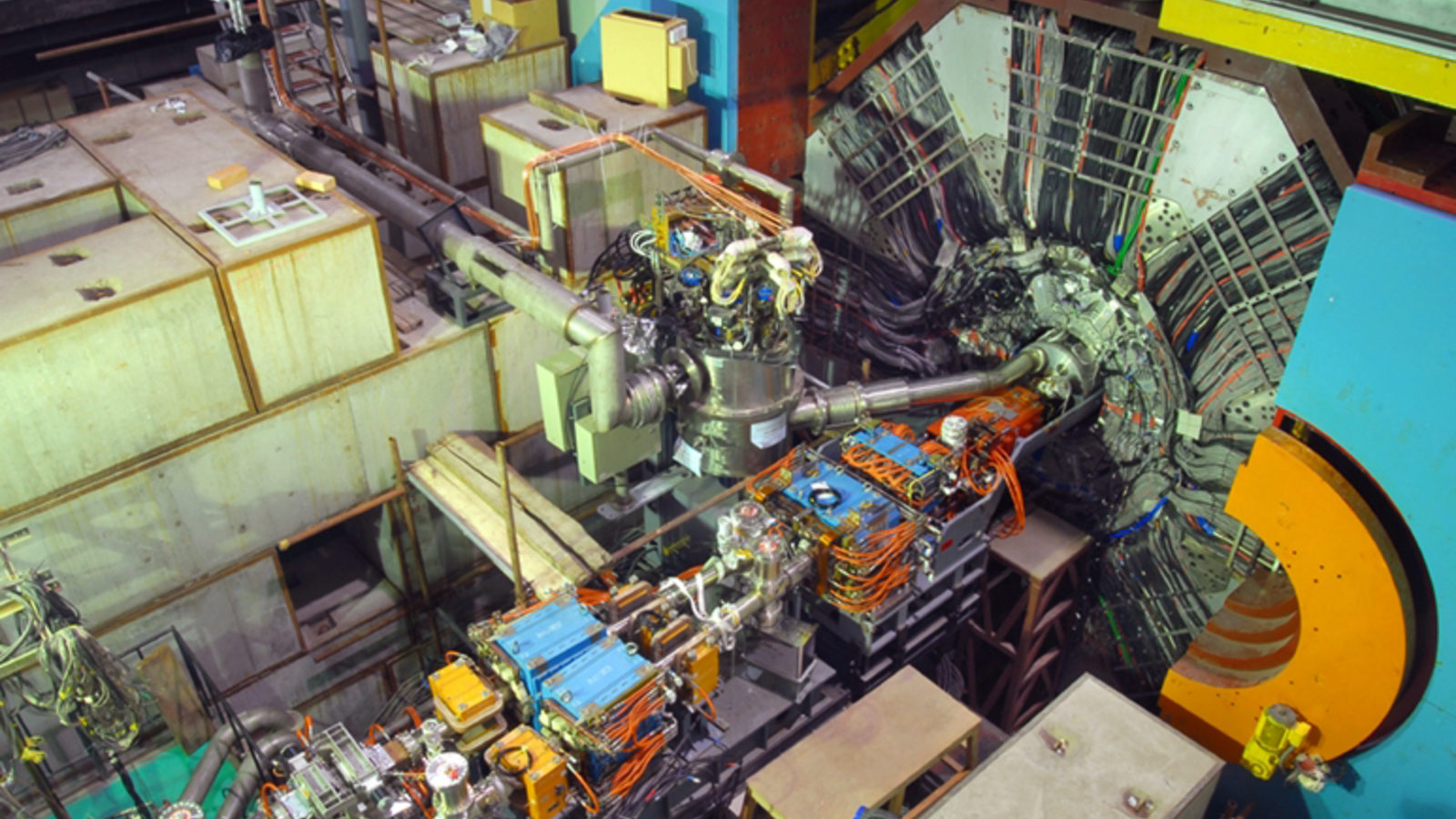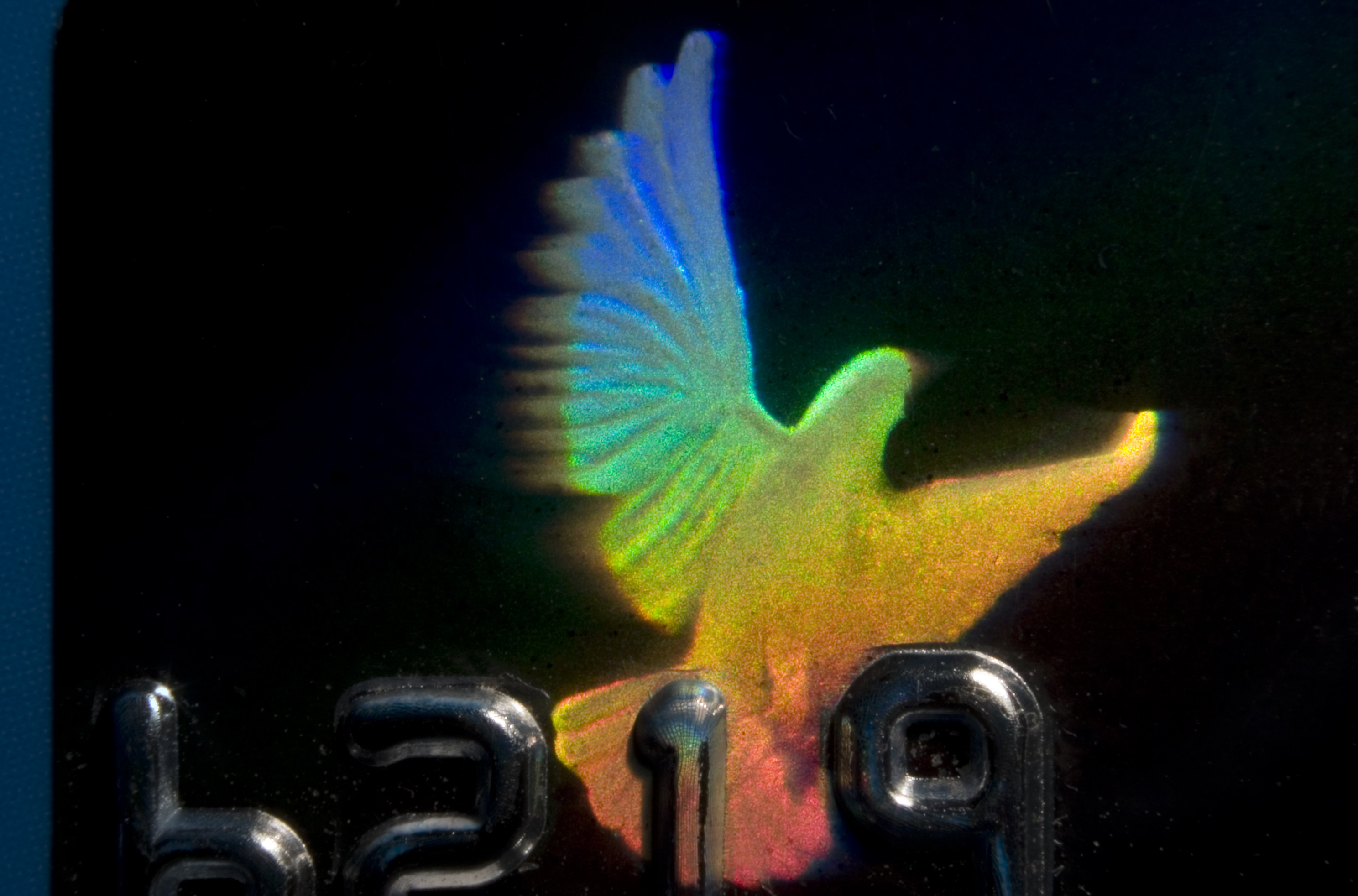particle physics
In all the Universe, only a few particles are eternally stable. The photon, the quantum of light, has an infinite lifetime. Or does it?
The original principle of relativity, proposed by Galileo way back in the early 1600s, remains true in its unchanged form even today.
The largest particle accelerator and collider ever built is the Large Hadron Collider at CERN. Why not go much, much bigger?
More than any other equation in physics, E = mc² is recognizable and profound. But what do we actually learn about reality from it?
The Michelson-Morley experiment of 1887, despite expectations, revealed a null result: no effect. The implications were revolutionary.
For centuries, Newton’s inverse square law of gravity worked beautifully, but no one knew why. Here’s how Einstein finally explained it.
Quarks and leptons are the smallest known subatomic particles. Does the Standard Model allow for an even smaller layer of matter to exist?
Today, the Large Hadron Collider is the most powerful particle physics experiment in history. What would a new, successor collider teach us?
Dark matter’s hallmark is that it gravitates, but shows no sign of interacting under any other force. Does that mean we’ll never detect it?
Often viewed as a purely theoretical, calculational tool only, direct observation of the Lamb Shift proved their very real existence.
A perfect map is as useless as it is impossible to create.
A longstanding mismatch between theory and experiment motivated an exquisite muon measurement. At last, a theoretical solution has arrived.
Cats twist and snakes slide, exploiting and negotiating physical laws. Scientists are figuring out how.
The passage of time is something we all experience, as it takes us from one moment to the next. But could it all just be an illusion?
The properties of a ghostly particle called a neutrino are coming into focus.
From the explosions themselves to their unique and vibrant colors, the fireworks displays we adore require quantum physics.
There are many things that separate science from ideology, politics, philosophy, or religion. Follow these 10 commandments to get it right.
Our thermodynamic arrow of time explains why the entropy of any isolated system always increases. But it can’t explain what we perceive.
The evolution of quantum technology is far from over.
CERN’s NA64 experiment used a high-energy muon beam technique to advance the elusive search for dark matter, offering new hope for solving one of astronomy’s greatest mysteries.
Almost 100 years ago, an asymmetric pathology led Dirac to postulate the positron. A similar pathology could lead us to supersymmetry.
From forming bound states to normal scattering, many possibilities abound for matter-antimatter interactions. So why do they annihilate?
Is gravity weaker over distances of billions of light-years?
It’s 2024, and we still only know of the fundamental particles of the Standard Model: nothing more. But these 8 unanswered questions remain.
Predicted way back in the 1960s, the discovery of the Higgs boson in 2012 completed the Standard Model. Here’s why it remains fascinating.
Scientists are searching for dark matter particles that are trillions or even quadrillion times lighter than the more traditional searches.
CERN’s Large Hadron Collider is the most powerful particle accelerator ever. To go even further, we’ll have to overcome something big.
With new W-boson, top quark, and Higgs boson measurements, the LHC contradicts earlier Fermilab results. The Standard Model still holds.
Glueballs are an unusual, unconfirmed Standard Model prediction, suggesting bound states of gluons alone exist. We just found our first one.
Holograms preserve all of an object’s 3D information, but on a 2D surface. Could the holographic Universe idea lead us to higher dimensions?
